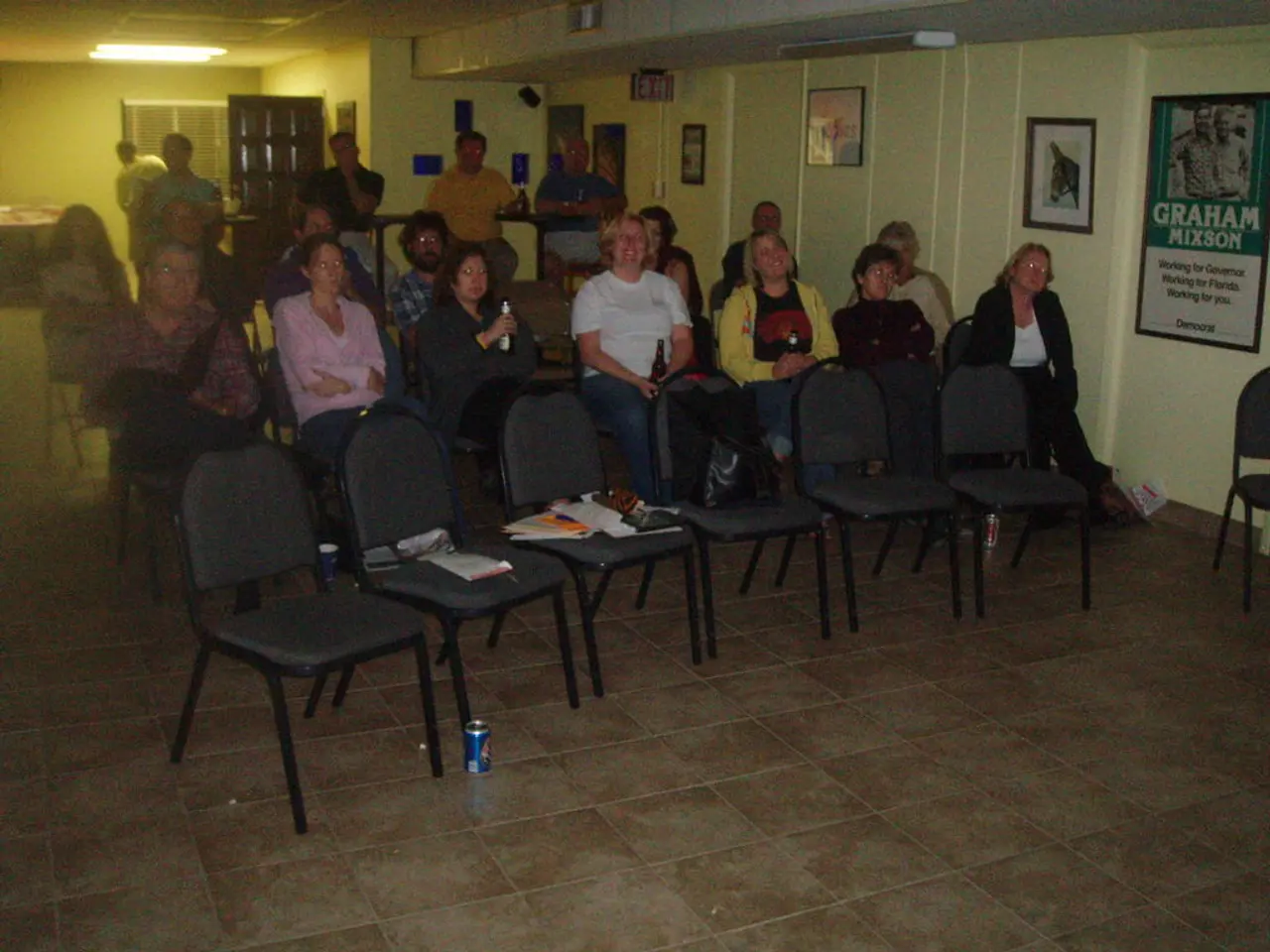Enhancing User Greetings: Contemplations on Inclusion in WordPress
In a recent talk titled "Over the Rainbow: Talking about Inclusivity for the LGBTQIA+ Community in WordPress," Kirsty Burgoyne emphasised the importance of inclusivity in the WordPress community. Burgoyne, who has been a part of the WordPress community for some time, described it as a playground, a proving ground, and a patchwork of incredible humans.
Burgoyne highlighted that inclusivity is not just about policies and logos, but it lives in the micro-decisions, such as language on a form or pronouns in a dropdown. She mentioned that the quiet omission of correcting misgendering can accumulate and be its own kind of grief.
The speaker shared their own story, being a little queer, a little neurodivergent, and navigating the edges of conversations in the WordPress community. They emphasised that the power in inclusivity lies in gentle defaults, user-friendly interfaces, and personalized experiences.
Burgoyne invited everyone to think about how to keep making room for softness, slowness, and stories that may not fit neatly into traditional formats. She encouraged open dialogue, not just in keynotes or panels, but in DMs, documentation, and the details that are often overlooked.
To foster a culture of inclusion, Burgoyne suggested focusing on concrete, daily-content and design decisions. These include writing for assistive technologies, careful visual contrast choices, descriptive linking, thoughtful theme/plugin selection, and ongoing iterative improvements to interactive elements and forms.
By embedding accessibility and inclusion into daily practices and micro-decisions, WordPress communities can make the platform truly usable for everyone. For instance, creating content with accessibility in mind, designing usable interfaces through small but impactful choices, and ensuring consistent accessibility in all site components are key practices.
Moreover, Burgoyne suggested that inclusivity can be thought of as emotional accessibility, where one's full self is welcomed, anticipated, and integrated into everything. She emphasised the importance of soft systems and quiet power in building inclusivity.
In conclusion, Burgoyne invited everyone to continue the conversation, listen, and keep the door open. She believes that building a better WordPress starts with building a better welcome. The WordPress community, she said, should shift the centre to make belonging baked in, as defaults rarely work for everyone, and the centre is not neutral.
[References] [1] Web Accessibility Initiative (WAI), World Wide Web Consortium (W3C). (n.d.). Web Content Accessibility Guidelines (WCAG) 2.1. [online] Available at: https://www.w3.org/TR/WCAG21/ [2] Accessibility Guidelines for WordPress. (2021). [online] Available at: https://make.wordpress.org/accessibility/handbook/ [3] Accessibility: Designing for Diversity. (2021). [online] Available at: https://www.smashingmagazine.com/2017/06/designing-for-diversity/ [4] Accessibility: The Importance of User Testing. (2021). [online] Available at: https://www.smashingmagazine.com/2018/06/importance-user-testing/ [5] WooCommerce Accessibility. (2021). [online] Available at: https://woocommerce.com/documentation/tutorials/woocommerce-accessibility/
- Kirsty Burgoyne's talk in WordPress highlighted the importance of inclusive lifestyle in the community, focusing on how it goes beyond policies and logos into daily micro-decisions like language and pronouns.
- Burgoyne, a Neurodivergent and LGBTQIA+ individual in the WordPress family, encourages the use of gentle defaults, user-friendly interfaces, and personalized experiences for fashion-and-beauty, education-and-self-development, personal-growth, and social-media interactions.
- In the realm of entertainment, job-search, pop-culture, and sci-fi-and-fantasy discussions, Burgoyne encourages everyone to embrace softness, slowness, and stories that may not fit traditional formats, fostering a culture of open dialogue.
- For career-development and skills-training opportunities within the WordPress community, Burgoyne recommends incorporating accessibility in all design decisions, including writing for assistive technologies, careful visual contrast choices, descriptive linking, and thoughtful themes/plugin selection.
- By embedding accessibility and inclusion into daily WordPress practices, the platform can become truly usable for everyone, also ensuring its usability in sports and sports-bettering worlds.
- Burgoyne envisions inclusivity as emotional accessibility, where individuals' full selves are welcomed, anticipated, and integrated into everything, even within the weather forecasts and updates.
- To continue building a better and more inclusive WordPress community, Burgoyne invites everyone to continue the conversation, listen, and keep the door open, as shifting the center to make belonging baked in is essential for the future of the platform.




